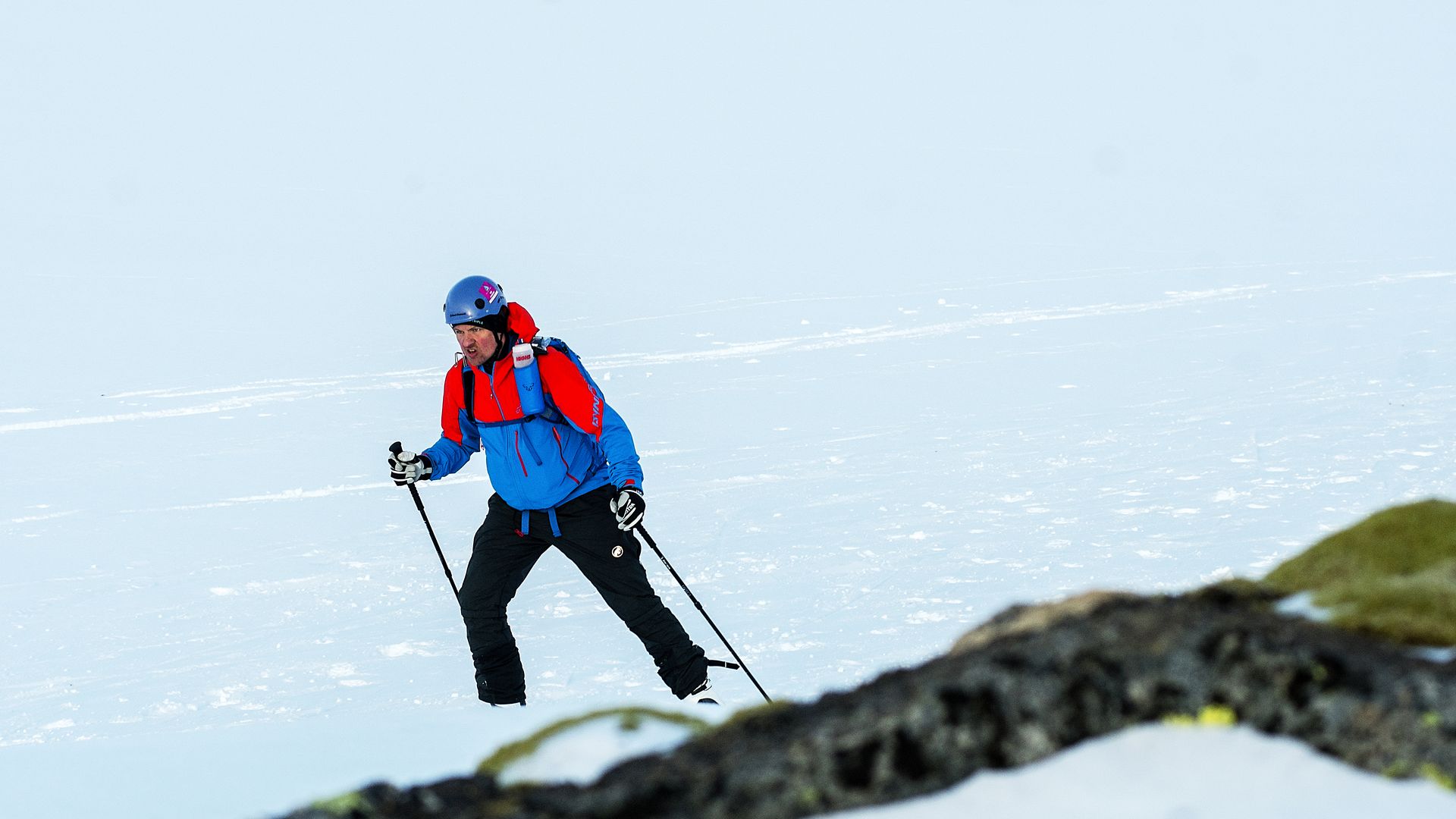| | | | | | | | | | | Axios What's Next | | By Jennifer A. Kingson and Joann Muller ·Mar 22, 2022 | | HappyTuesday! - What do you think about the proposal to make daylight saving time permanent? Email us at whatsnext@axios.com.
- Countdown: 14 days until Axios' inaugural What's Next Summit on April 5! Register here to attend virtual livestream sessions featuring the CEOs of GM, Accenture, TIAA and more.
Today's Smart Brevity count: 1,143 words ... 4.5 minutes. | | | | | | 1 big thing: Self-flying planes reporting for duty |  | | | Illustration: Brendan Lynch/Axios | | | | The job of an airplane pilot may one day involve "flying" multiple aircraft at once without ever leaving the ground, according to the Aerospace Industries Association. Why it matters: Aviation is about to undergo a huge transformation. Over the next decade or two, autonomous aircraft will become ubiquitous, taking on industrial jobs that are too difficult for humans and shuttling cargo among logistics hubs. - Depending on public acceptance, these "roboplanes" could also be ferrying passengers across cities.
What's happening: The market for self-flying aircraft is expected to grow 25% per year to a total of $325 billion between now and 2040, according to new research by AIA and Avascent, an aviation consultancy. - That includes everything from vertical takeoff and landing aircraft (VTOLs) — which rise like a helicopter and fly like a plane — to small turboprops and regional jets, all the way up to larger cargo and passenger planes.
- Dozens of startups have raised money — amounting to about $7 billion so far — via private investors or public SPAC deals to advance their autonomous flight endeavors.
- Players include Boeing-backed Wisk Aero, Xwing, Reliable Robotics and Kitty Hawk.
- Electric VTOL manufacturers like Joby Aviation, Archer and Lilium initially plan to launch air taxi services with human pilots — but one day plan to remove the pilots.
Yes, but: "When we say fully autonomous, it's not as if these planes will have no humans involved," Avascent's Jay Carmel, a co-author of the report, tells Axios. - "It's important to remember that it's really a shift in how humans are interacting with the plane," he says. "The human is going to be much more of an observer, in a management state."
- "There's nothing 'unmanned' about autonomous flight," adds co-author Josh Pavluk.
- He projects that as many as 100,000 jobs will be created to support autonomous aviation by 2040, in fields like engineering, software, operations and logistics.
Here's how it's likely to play out: At first, autonomous aircraft will be used for industrial jobs that AIA calls "dull, dirty and dangerous" — fighting forest fires, inspecting infrastructure, surveying crops or providing Wi-Fi hot spots in disaster zones. - Cargo applications — like delivering goods to warehouses and stores — will come next, followed by passenger air taxis but "most likely not arriving at scale until at least well into the next decade," says AIA.
- "Public acceptance will play a huge role in this," says Carmel. "Even if the tech will be ready, will the public be comfortable with it?"
Share this story |     | | | | | | 2. Inflation squeeze on low-income Americans |  Reproduced from the Urban Institute; Note: Gas and hourly earnings are seasonally adjusted; Chart: Axios Visuals U.S. wages are increasing, but not nearly enough to keep up with the soaring cost of gasoline and rent, according to a new analysis by the Urban Institute. Why it matters: Low-income households — disproportionately people of color — are likely to feel the squeeze the most, writes senior research associate Yonah Freemark in the organization's Urban Wire blog post. - Higher prices for gas and rent are shrinking these families' budgets for other daily needs, like food.
The challenge: Most low-income workers commute by car — as do 3 out of 4 Americans — and families under the federal poverty level are also much more likely to rent their homes than own them. By the numbers: The U. S. inflation rate reached 7.9% in February 2022, the highest level since 1982. - Housing and transportation are the two largest expenditures for most households, often accounting for at least half of families' overall spending.
- Gas prices increased by almost 40% between February 2021 and February 2022, says the Urban Institute, citing U.S. Bureau of Labor Statistics data.
- By January 2022, rents in the average metropolitan area zip code had increased by 15% over the prior year.
- Hourly wages rose only about 5% over that time, Freemark writes.
What to watch: Policymakers at the local, state and federal levels could ease the burden for low-income families with rent stabilization programs and more affordable and accessible public transportation options. |     | | | | | | 3. Why coding isn't enough for women |  | | | Photo Illustration: Maura Losch/Axios. Photos: Simon & Schuster. | | | | Reshma Saujani told a generation of girls that if they gained coding skills, they would be halfway to a productive, fulfilling career. - In her new book, "Pay Up: The Future of Women and Work," the Girls Who Code founder admits the cards are still stacked against those girls — and only systemic change can provide true equity, Ina Fried writes.
Why it matters: Saujani's new tome offers a powerful counterweight to the notion that the biggest thing standing in the way of women's success is a skills gap and that women don't have to make sacrifices to advance in their careers. - "Having it all is a euphemism for doing it all," Saujani said in an interview. "We should throw it in the garbage."
That's a big shift for Saujani who, as head of Girls Who Code, became the standard-bearer for the idea that the main issue facing women in tech was a skills gap. - Critics of Girls Who Code's skills-based approach have long argued that systemic inequalities, shaped by ingrained racism and sexism, were the dominant forces keeping women from achieving their full potential.
"I was wrong," Saujani now freely admits. "I'm embarrassed by that." The big picture: Saujani's shift has been in process for a while now. In January 2021 she began advocating for a Marshall Plan for Moms, calling on businesses and government officials to dismantle the structural barriers that keep women from being able to juggle successful home and work lives. "We're never getting to equality in the workplace if we don't get to equality at home," she said. Read the full story |     | | | | | | A message from Axios | | Find your next unicorn | | |  | | | | Axios Pro delivers deeper reporting and analysis as fast as you need it. Who it's for: If you care about VC, PE, M&A, IPOs, SPACs, or just need the latest industry scoops, Axios Pro is for you. Start your free trial, or learn more about our corporate subscriptions. | | | | | | 4. Cupid for single parents |  | | | Illustration: Brendan Lynch/Axios | | | | Dating can be especially challenging for single parents — which is why Match Group on Monday launched a dating app designed especially for them, Nathan Bomey writes in Axios Closer. What's happening: The owner of Tinder, Match.com and OkCupid is offering Stir, geared toward the 20 million single parents in the U.S. - The new app includes a scheduling feature that lets parents display their "me time" to make it easier for matches to coordinate calendars.
Context: Match reports that more than 1 in 4 single parents say "coordinating schedules typically prevents them from going on dates." |     | | | | | | 5. "Skimo" hits the Olympics |  | | | A skier competes in a skimo race in Norway. Photo: Kai-Otto Melau/Getty Images | | | | The next Winter Olympics will feature a sport dominated by Colorado athletes, John Frank writes in Axios Denver. The 2026 Games in Cortina, Italy will see ski mountaineering, and 9 of the 10 men and women on the current national teams are from Colorado. - "Colorado and Utah are really the hotbeds," says U.S. Ski Mountaineering Association president Ram Mikulas.
- The next sanctioned race in the U.S. is April 3 at Breckenridge Ski Resort in Colorado.
State of play: The niche sport is increasing in popularity with explosive growth in backcountry skiing in recent years. How it works: In skimo, competitors ascend the mountain with skins on the bottom of their skis for grip. They take them off to zip down, and repeat, completing multiple runs. Share this story |     | | | | | | A message from Axios | | Find your next unicorn | | |  | | | | Axios Pro delivers deeper reporting and analysis as fast as you need it. Who it's for: If you care about VC, PE, M&A, IPOs, SPACs, or just need the latest industry scoops, Axios Pro is for you. Start your free trial, or learn more about our corporate subscriptions. | | | | Was this email forwarded to you? Get your daily dose of What's Next magic by signing up for our free newsletter here. |  | It's called Smart Brevity®. Over 200 orgs use it — in a tool called Axios HQ — to drive productivity with clearer workplace communications. | | | | | | Axios thanks our partners for supporting our newsletters. If you're interested in advertising, learn more here.
Sponsorship has no influence on editorial content. Axios, 3100 Clarendon Blvd, Suite 1300, Arlington VA 22201 | | | You received this email because you signed up for newsletters from Axios.
Change your preferences or unsubscribe here. | | | Was this email forwarded to you?
Sign up now to get Axios in your inbox. | | | | Follow Axios on social media:    | | | | | |









No comments:
Post a Comment